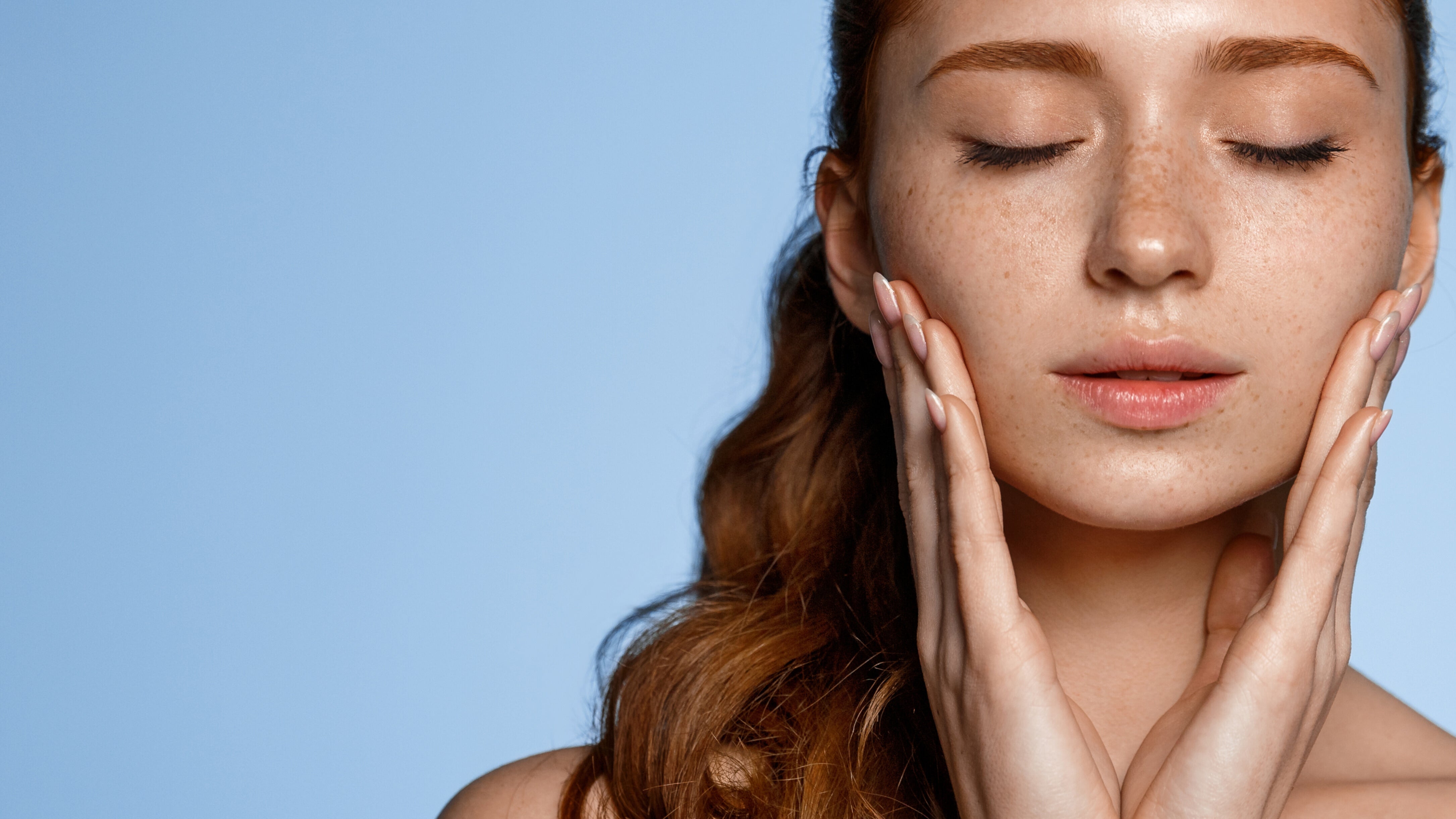
Sebum and Acne
What Is Sebum?
Sebum is a natural, oily substance produced by the sebaceous glands located within the skin. It's not all bad; in fact, sebum serves some important functions. One of its primary roles is to keep the skin and hair moisturized, preventing them from becoming dry and brittle. However, when sebum production goes awry, it can lead to skin issues, including acne.
Is It Healthy to Remove Sebum?
While sebum itself isn't harmful, the problem arises when it becomes excessive or gets trapped in hair follicles. This can lead to clogged pores, providing an ideal environment for acne-causing bacteria to thrive. While it's not advisable to remove sebum completely, proper skin care and hygiene practices can help manage its production and prevent acne.
What Causes Excessive Sebum Production?
Several factors can contribute to an overproduction of sebum:
- Hormones: Hormonal fluctuations, often seen during puberty, pregnancy, and menstrual cycles, can lead to an increase in sebum production. This is why acne is frequently associated with these life stages.
- Genetics: Some individuals may have a genetic predisposition to produce more sebum, making them more susceptible to acne.
- Diet: Certain dietary factors, such as a diet high in sugar and dairy products, can influence sebum production.
What Does Excess Sebum Look Like?
Excess sebum can manifest in various ways, including:
- Oily skin: Individuals with excess sebum often have a shiny or greasy complexion.
- Enlarged pores: Sebum can accumulate in pores, making them appear larger and more visible.
- Acne: The combination of excess sebum and dead skin cells can clog hair follicles, leading to acne breakouts.
How Can You Remove Sebum?
While it's not advisable to remove sebum entirely, there are steps you can take to manage its production and prevent acne:
- Proper cleansing: Regular and gentle cleansing helps remove excess sebum and prevents the buildup of oil on the skin.
- Exfoliation: Exfoliating your skin helps remove dead skin cells, which can mix with sebum and clog pores.
- Topical treatments: Unlike conventional topical treatments like salicylic acid and benzoyl peroxide, which may dry out and irritate the skin, potentially triggering overproduction of sebum, our Clear Skin Elixir offers a more balanced approach. Harnessing the power of natural ingredients such as Tea Tree Oil, French Pink Clay, and Raspberry Seed Oil, this elixir not only helps clear existing breakouts and prevents new ones but also supports the equilibrium of oil production, promoting healthier and more radiant skin.
Does Sebum Cause Acne?
Sebum alone doesn't directly cause acne. It becomes problematic when it combines with dead skin cells and bacteria, leading to the formation of acne lesions. The clogged hair follicles become a breeding ground for Propionibacterium acnes, a type of bacteria that contributes to inflammation and the development of acne.
How Do You Get Rid of Sebum Acne?
To effectively manage sebum-related acne, consider the following:
- Skincare routine: Develop a consistent skincare routine that includes cleansing, exfoliating, and moisturizing with non-comedogenic products.
- Topical treatments: Consult with a dermatologist who can recommend topical treatments tailored to your specific acne type and severity.
- Lifestyle adjustments: Pay attention to your diet, stress levels, and lifestyle choices, as these can all influence sebum production and acne.
Is Sebum Good for Acne?
Sebum itself is not inherently good or bad for acne. It's a natural component of the skin, and its primary function is to keep the skin and hair moisturized. However, when sebum production becomes excessive or is not managed properly, it can contribute to acne development.
Can a Lack of Sebum Cause Acne?
While an excess of sebum can contribute to acne, a lack of sebum can also be problematic. Insufficient sebum production can lead to dry, flaky skin, which can result in irritation and, in some cases, trigger acne as well.
In conclusion, sebum plays a significant role in the development of acne. Understanding the causes and management of sebum production is essential for individuals seeking effective ways to address and prevent acne. By adopting proper skincare practices, it's possible to strike a balance that keeps sebum-related acne under control.







